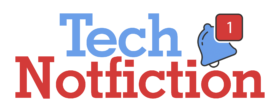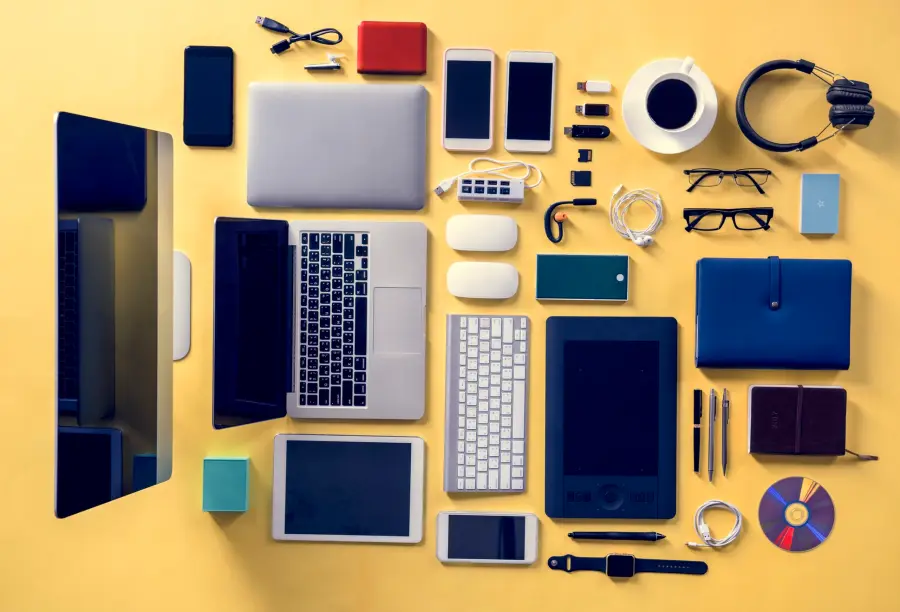Digital accessibility ensures that everyone, regardless of ability or handicap, can use digital information and services in the digital era. It’s important to realize that only some people use digital products and services in the same manner. Some people only utilize them on rare occasions. Some folks shun them completely. A blind person may use a screen reader, but a learning handicap may need that the material is presented more clearly.
Giving more people access to your digital information and services is not just moral; it also helps your company earn more money. You will be able to attract clients from a larger spectrum of people, including those with disabilities if you make your goods and services more accessible to the general public. As more nations adopt accessibility standards and legislation, it is becoming increasingly critical to ensure that your products and services are accessible.
How will you ensure that everyone has access to your digital services and content? QualityLogic can assist you! We believe that accessibility is a human right, and we will not rest until every company delivers it through its online content and products. You can utilize the recommendations below in addition to our assistance. As a consequence, you will notice a significant increase in visitors to your website.
Make Use of a Variety of Styles
Including photos and videos in your article can make it more pleasant to read. However, they must be used with caution to avoid accessibility concerns. Nothing terrible will occur as a result of this. Make sure that any visual information, such as photos and videos, has a written counterpart so that others who can’t see it may comprehend what’s going on. Please also ensure that the contrast levels in your images and videos are sufficient for those with low vision to view them.
Simple Products Should Be Manufactured
The most straightforward method to ensure that your digital goods and services are accessible to everybody is to build them with accessibility in mind from the beginning. This permits you to get to your location as quickly as possible. From user research to code creation, digital accessibility must be addressed at all stages of the design process. You will also need to work with accessibility specialists to make your designs as user-friendly as feasible.
Even if it looks apparent, make sure the information you provide is easy to comprehend and simple enough. The first step in this strategy is to abandon jargon in favor of simple, straightforward English. It also includes making your work available in alternative media types, such as audio or video, for those who prefer or want information in a different format. This might have an impact on both willing and hesitant users.
Using Moving Images
Although digital accessibility is a complex topic to grasp, by following these rules, you can ensure that all of your information and services are accessible to all consumers.
Disabled People’s Use of Digital Content
Access to digital information is problematic for people with various forms of disability. For persons who are blind or have impaired eyesight, text may need to be turned into audio. Captions or transcripts may be necessary for deaf or hard-of-hearing persons to see or listen to audio or video. People who have problems thinking may require a more simplified presentation of the issue.
Those with physical constraints may also require access to material via different input devices, such as switches or eye-gaze trackers. Website designers and developers may build digital material that more people can utilize by taking into account all of these diverse expectations.
Consider the Blind.
When it comes to digital information, keep in mind that only some interaction with the world in the same manner. People who are blind or have low eyesight, for example, need a lot of indications to figure out what’s going on. As a result, special considerations must be taken while providing digital entertainment for children. For example, every image should include text options that describe what it is. Videos must also have subtitles and audio explanations. You can ensure that everyone gets access to your digital material by doing so.
Designing With Deaf People in Mind
It is vital to examine what all possible viewers desire while generating digital material. This is especially true for those with impairments who may have difficulty understanding standard information. Closed captioning enables persons who are deaf or hard of hearing to view digital material.
Consider a few things when generating digital material with closed captions. First and foremost, the captions must be easy to read and comprehend. This includes using large letter sizes and avoiding hard-to-read typefaces. Both the audio and the subtitles must be in sync. This may be done by either manually transcribing the audio track while utilizing software that automatically creates subtitles or manually producing the captions. To guarantee that there are no inaccuracies, the captions must be thoroughly reviewed.
If you follow these guidelines, you will be able to develop digital material that anybody, regardless of handicap, may utilize. One method for making your material more accessible is to use closed captioning. Other possibilities include an audio explanation and sign language interpretation. You might build digital information that everyone can use if you consider their needs.
Individuals With Limited Cognitive Ability
When designing digital material for persons with a cognitive disability, there are a few things to bear in mind. The most important thing to remember is that everyone is different and requires different techniques. However, certain essential criteria may be followed to make information more accessible.
Individuals with impairments might benefit from services such as simple language and clear graphics. This clarifies things and makes them more accessible for the reader to grasp. There must be several channels for debate and critique. Allowing children to interact with the information on their own terms increases the likelihood that they will learn and retain it. These pointers can help designers create instructive digital material that anybody can use.
Obtaining Accessibility Assistance
Click here to discover more about how QualityLogic may assist you. When you engage us, you will be working with a team that will help you get started with digitally accessible programming and will continue to support you with coaching and education. We want to make sure you understand everything so you may try to develop on your own.
Although digital accessibility looks to be a significant barrier, it is not. Your brand will soar with QualityLogic on your side. Contact us right now if you want to see a difference in your consumers.




